UNESCO Global Geoparks are single, unified areas with internationally significant geological heritage and landscapes. They are managed with a holistic concept of protection, education, and sustainable development.
It is worth noting that geopark activities do not focus solely on the geological heritage of the region, but on the region as a whole, including the ecosystems developed on that land and the culture of the local communities. To put it simply, geoparks are places where we can discover and enjoy the Earth that we live on.
The Oki Islands were designated as a Global Geopark on 9 September 2013. Later, in 2015, the Global Geoparks became an official program of UNESCO, and the Oki Islands became a UNESCO Global Geopark.
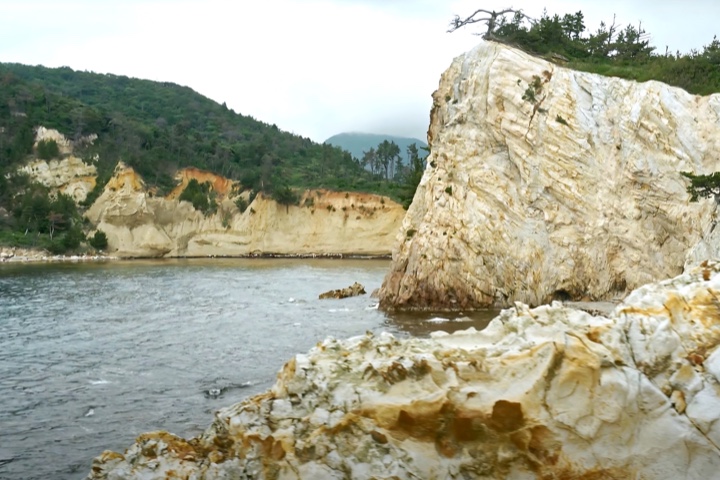
About Oki Islands UNESCO Global Geopark
The Oki Islands UNESCO Global Geopark is an area where we can discover the "Geohistory" of the land formed here by plate tectonics and volcanic activity, the "Unique Ecosystem" of that land, and the "Lifestyles and Traditions" of the people who have lived here for many generations.
What is a UNESCO Global Geopark?
Oki Islands UNESCO Global Geopark
The Oki Islands UNESCO Global Geopark encompasses four inhabited and many uninhabited islands located in the Sea of Japan, about 40-80 km north of Shimane Peninsula (southwest of mainland Honshu). The geopark area consists of both the land and the marine area up to 1 km from the coastline, with a total area of 673.5 km² (land area 346.0 km² and marine area 327.5 km²).
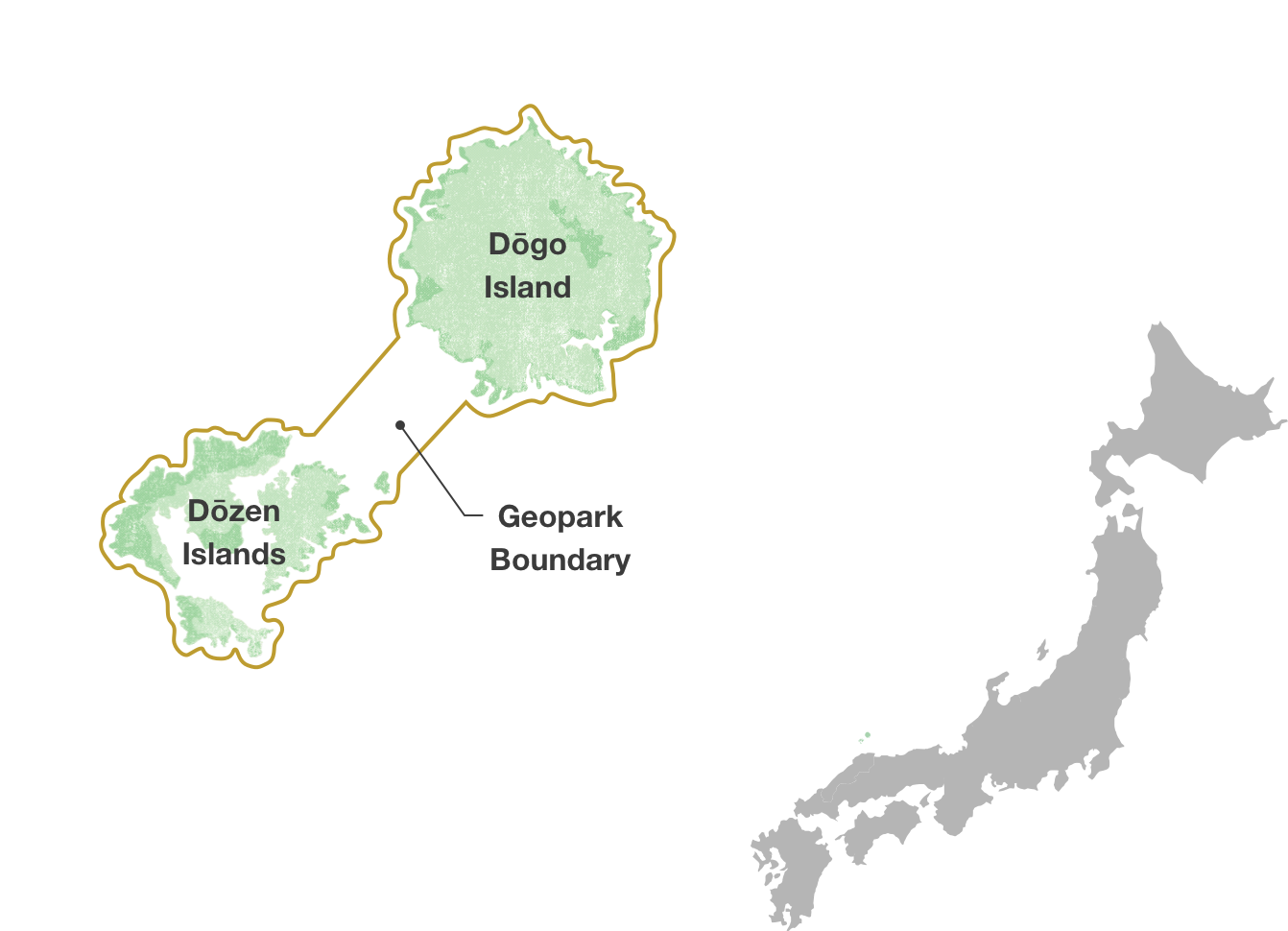
The Four Oki Islands
Oki Islands Geopark contains four inhabited islands—the three Dōzen Islands to the south and Dōgo Island to the north.
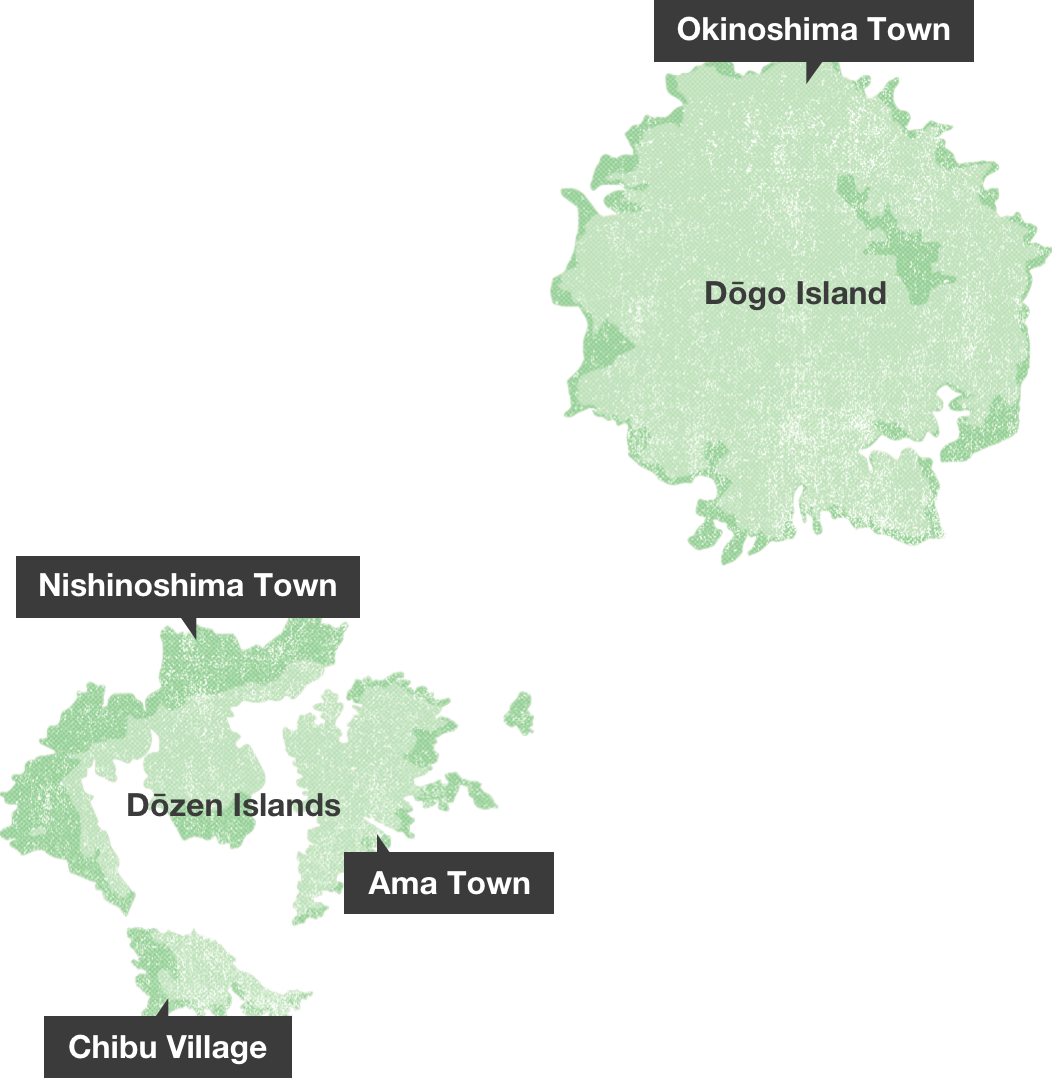
The Three Dōzen Islands
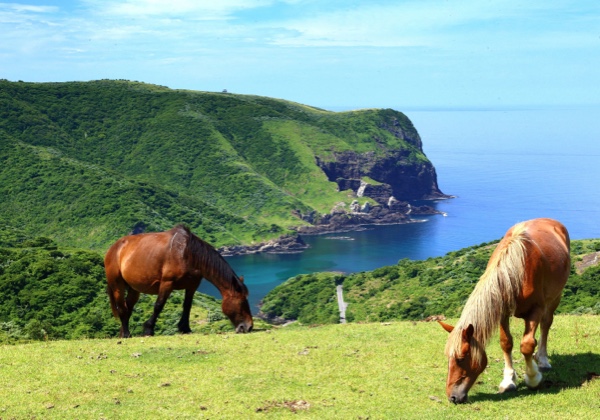
Nishinoshima Island (Nishinoshima Town)
Mt. Takuhi, fishing traditions, and spectacular views.
Mt. Takuhi, the highest mountain in the Dōzen Islands, is home to Takuhi Shrine. The deity who resides here has continued watching over the people of the Dōzen Islands for many generations.
Founded in the flourishing fishing industry of the nearby Sea of Japan, the spirit of the Nishinoshima fishermen stands unwavering in the face of raging waves.
Strong winter winds blow in from the northwest, shaping the coast into beautiful landscapes such as Matengai Cliff.
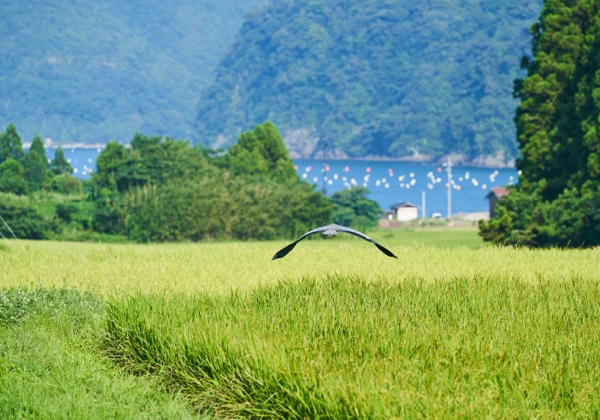
Nakanoshima Island (Ama Town)
Esteeming the old, welcoming the new.
The people of Ama Town have skillfully made use of the island's landscape features.
Working the land, worshipping the Retired Emperor Gotoba, and welcoming new members of the community—while treasuring their history, Ama Town is always open to new possibilities and taking on challenges, and thus continues to thrive.
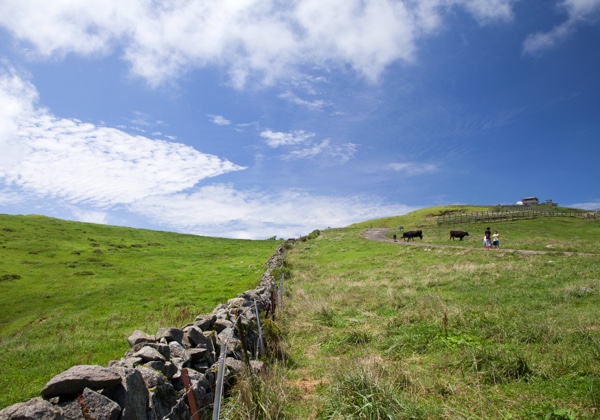
Chiburijima Island (Chibu Village)
The serenity of history. A pastoral song of the Earth.
Chiburijima, the smallest inhabited island in the Oki Islands, is a place where magnificent nature and ancient traditions remain preserved even today.
Pastures that retain the features of the old makihata farming, the dynamic Sekiheki (Red Cliff), ancient tombs, and the island's unique Ikku Shrine. The scenery of Chiburijima tells the tales of its long history.
Dōgo Island
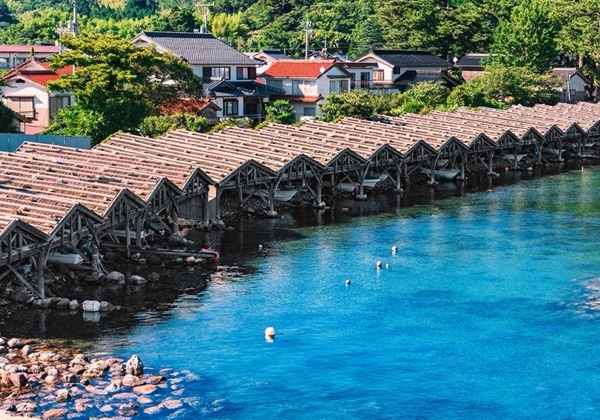
Okinoshima Town
A large island, where the trees of the gods dwell.
With its towering rocky cliffs and majestic Japanese cedar tree forests, Dōgo Island is a place where the worship of nature is still alive.
Beginning with the story of obsidian that was mined here and transported to various places—Dōgo, the largest of the Oki Islands, is a land where many people and cultures have come together since ancient times.
Different customs and dialects coexist here, nurturing a diverse culture.
Features of the Oki Islands UNESCO Global Geopark
Dōzen, Dōgo, and the rest of the Oki Islands were not always remote islands. Throughout history, the region has passed through a number of stages and changes in the land, to eventually take the shape we see today.
The "Geohistory" of the land, the "Unique Ecosystem" that evolved upon it, and the "Lifestyles and Traditions" that developed in this remote island environment—the Oki Islands UNESCO Global Geopark is where you can explore the deep connections between these three topics.




